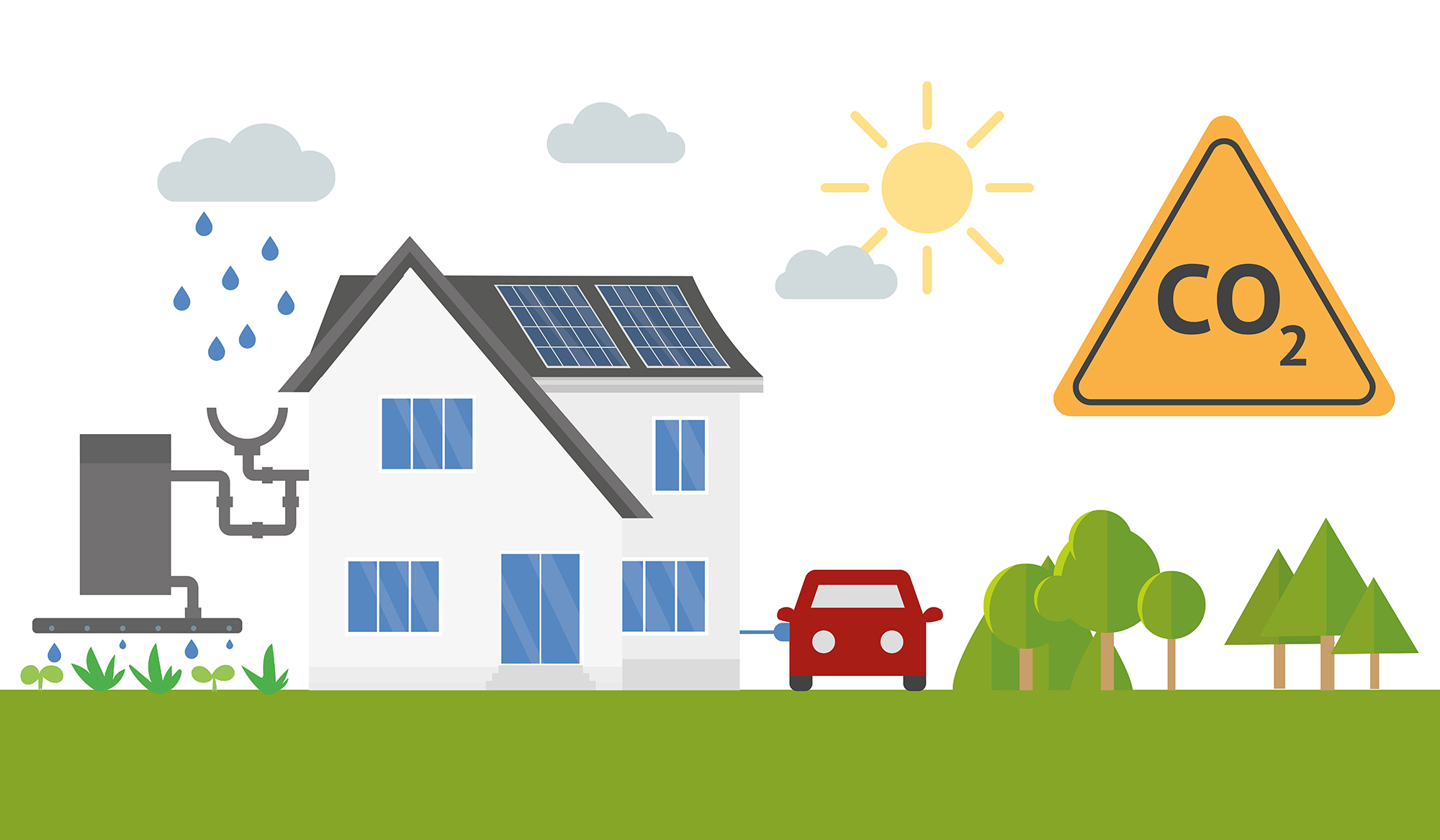Blyth

Retrofitting & Housing
The year is 2025 and in the town of Blyth plans for a new community-led housing project are afoot. Although this case study may be fictional, hopefully your community might gain some inspiration!
Background
The Blyth Development Trust (BDT) had been established in the early 2000s with a view to regenerating the town and creating employment opportunities for young people. However local people regularly raised the issue of housing – there simply wasn’t enough which was affordable and of good quality. When a local landowner decided to sell an area of land, the group realised it could be the opportunity they’d been waiting for. The trust was able to come to an agreement with the landowner on a discounted price of £230,000 to transfer the land for housing to be built on.
Plans
Plans were taken to the local authority who agreed to part fund the project, and so the BDT contacted Rural Housing Scotland who were able to offer pre-development and feasibility support. Community Shares Scotland assisted the group to become registered as a Community Benefit Society to enable them to issue their share offer.
In addition to the funding from the local authority, grants were recieved from the Scottish Land Fund, Rural and Islands Housing Fund, Crown Estate Scotland, as well as from a local wind farm. This left the group with the task of with raising the shortfall of £150,000. The group decided to raise £150,000 in community shares and the rest through a crowdfunding campaign. Their share offer was launched on an online investment platform and ran for 6 weeks during which time the group engaged with the wider community and local businesses, secured local and national press and ran a strong social media campaign, meaning they were able to reach their target within 6 weeks.
Progress
The BDT hired contractors who agreed to reduce their costs as they would use the project as a case study and the housing project development began with the principle aims of low-impact living, affordability and community. The rental costs of the properties would be tied to what people earned rather than being tied to the rental/sale market. Through the rural housing burden legislation the housing will be protected for future residents.
The six, 3 bedroom houses were built using inexpensive prefabricated panels made of natural and energy efficient materials, they are air tight and have south-facing windows to capture heat from the sun. Built to Passivhaus standards, innovative features include a communal rainwater harvesting tank and water recycling system that collects bath and shower water which is filtered for toilets and washing machines. In addition, the site has been intentionally designed with a small car park on the edge of the development to encourage car sharing and EV charging stations have been installed. The community is also in the process of establishing a small market garden and orchard on site.
The group will use the money raised from rent payments and the EV charging stations to fund the retrofitting of other houses in the town to help cut carbon emissions and save locals money on bills. Future plans also include running another share offer to establish a community owned retrofit service so they can help local homeowners as well as those living in the wider area to improve the energy efficiency of their homes on a larger scale and upskill local people.
Year of share offer
2025
The community share offer raised
£150,000
125
MEMBERS